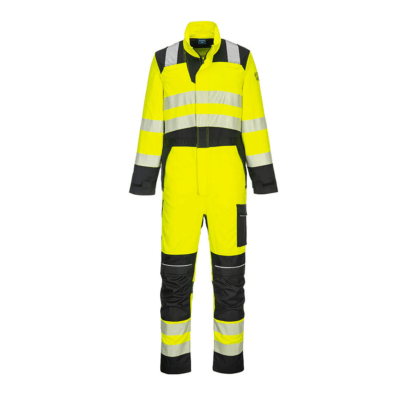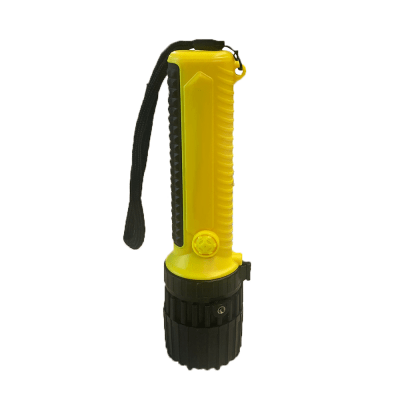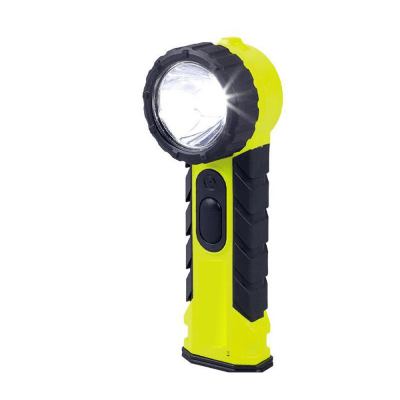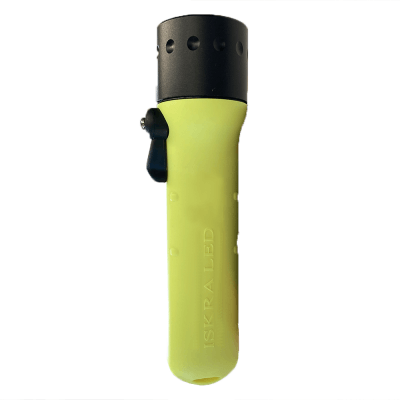ATEX STANDARD
Protective clothing – Antistatic
PPE used in ATEX zones must be antistatic, allow adequate contact with the skin, be earthed, flame retardant and be approved according to specified standards to ensure optimal protection against electrostatic and thermal risks.
the PPE must be approved EN ISO 14116 or EN ISO 11612, in order to best protect the wearer against thermal risks in the event of an explosion.

Good to READ
Definition of explosive atmospheres (ATEX) :
Explosive atmospheres are areas where flammable substances, such as gases, vapors or dust, are suspended. In the event of a spark or electric discharge, these mixtures may ignite and cause an explosion.
ATEX zone regulations :
Two European directives govern work in these areas:
Directive 1999/92/EC establishes minimum requirements for worker safety.
Directive 94/9/EC concerns protective devices and systems.
The main objective is to prevent the material used from triggering a spark.
Requirements for PPE in ATEX zones :
Personal protective equipment (PPE) used in ATEX zones must:
Be made of anti-static fabric to dissipate electrostatic charges.
Be in contact with the skin, directly or via connectors, to guarantee effective dissipation.
Ensure a ground connection with a resistance less than 108 Ω to protect against electrostatic discharge.
Be made of flame retardant fabric, in accordance with EN ISO 14116 or EN ISO 11612, to provide thermal protection in the event of an explosion.
In summary, PPE used in ATEX zones must not only dissipate electrostatic charges, but also protect against thermal risks linked to explosions.
Products available
Quick delivery
Free delivery
From 400€ in France
Free quote 24h
Contact us!
Customer Service
+334 79 34 92 15
Mobile payment
Apple & Google Pay



